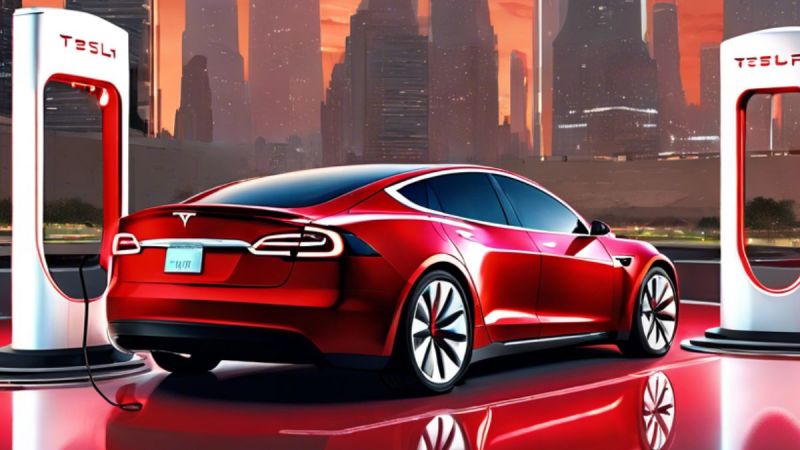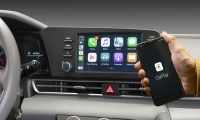Yesterday I published a video on Torque News Youtube channel discussing how Tesla combats Uber and Lyft with supercharger congestion fees in New York City. Tesla has Supercharger congestion fees and it's explained in the video. I don't necessarily approve Tesla's Supercharger congestion fees as I think taxing people is not going to help the jump to EV.
However, one person commented, writing, "The problem is that people rely on Superchargers instead of using level 2 charging (level 2 is usually free). Supercharging is only meant for long-distance trips, not for daily charging. Hundreds of thousands of slow chargers use less power than 1000 superchargers."
Basically this person is right, but I want to point out that there are pros and cons to both Level 2 and Superchargers, and it's important to use the right tool for the job. Here's a breakdown:
Level 2 charging:
- Pros:
- Slower, but gentler on the battery: This means potentially less degradation and a longer lifespan for your EV battery.
- Often free or very cheap: Many workplaces, homes, and public places offer free Level 2 charging.
- Widely available: There are many more Level 2 chargers than Superchargers, making them easier to find.
- Cons:
- Much slower: Level 2 charging typically takes several hours to fully charge an EV battery.
- Not always convenient: You may need to park your car for a while to charge at Level 2.
Superchargers:
- Pros:
- Blazing fast: Superchargers can add hundreds of miles of range in just 30 minutes.
- Conveniently located: Superchargers are often found along highways and in major cities.
- Reliable: Tesla's Supercharger network is known for its reliability and uptime.
- Cons:
- Harder on the battery: Frequent Supercharging can accelerate battery degradation.
- Can be expensive: Supercharging is not always free, and the cost can vary depending on location and usage.
- Not as widely available: There are far fewer Superchargers than Level 2 chargers.
So, who's right about the power usage? It's not quite that simple. While it's true that hundreds of thousands of Level 2 chargers would use less power than 1,000 Superchargers, that's because Level 2 chargers are typically used for much shorter charging sessions.
Ultimately, the best way to charge your EV depends on your individual needs and driving habits. If you mostly drive around town, Level 2 charging is the way to go. But if you take frequent road trips, Superchargers can be a lifesaver. By the way, even many DC Fast Chargers for electric cars are slower than you think.
Here are some additional tips for EV charging:
- Charge at home whenever possible. This is the most convenient and affordable way to charge your EV.
- Use Level 2 charging whenever it's available. This is a good option for topping up your battery while you're at work or running errands.
- Only use Superchargers for long trips. Frequent Supercharging can shorten the lifespan of your battery.
- Take advantage of free charging whenever possible. Many businesses and organizations offer free EV charging.
By following these tips, you can help ensure that your EV battery stays healthy and lasts for many years to come.
I hope this information is helpful! Let me know if you have any other questions.
Armen Hareyan is the founder and the Editor in Chief of Torque News. He founded TorqueNews.com in 2010, which since then has been publishing expert news and analysis about the automotive industry. He can be reached at Torque News Twitter, Facebook, Linkedin, and Youtube. He has more than a decade of expertise in the automotive industry with a special interest in Tesla and electric vehicles.












